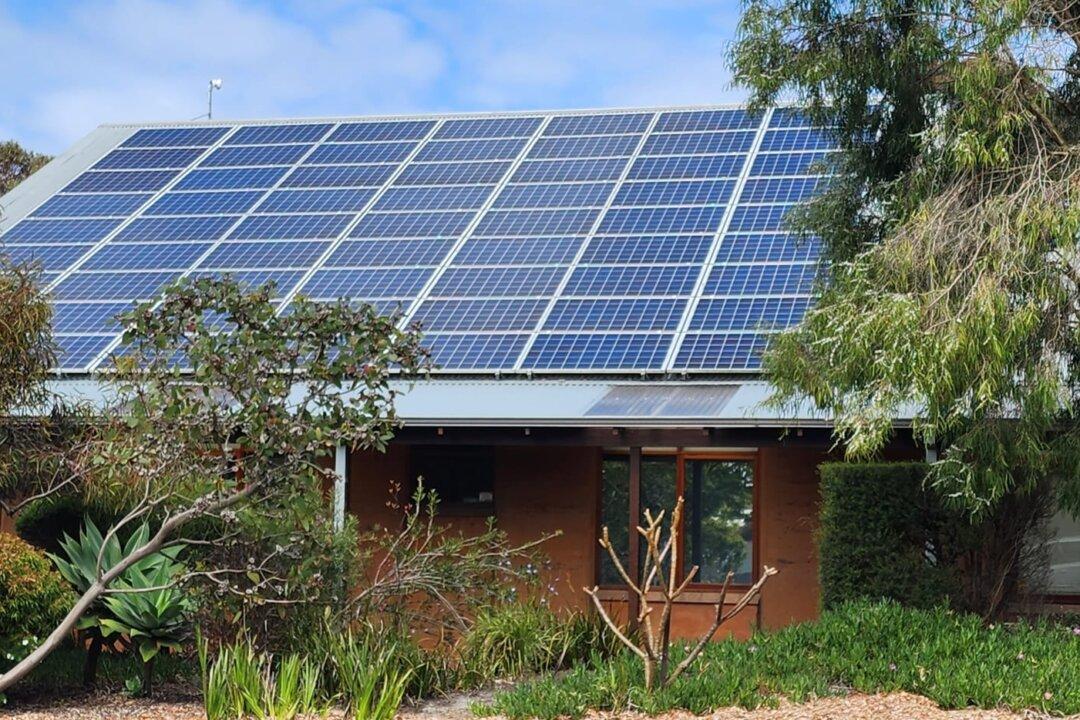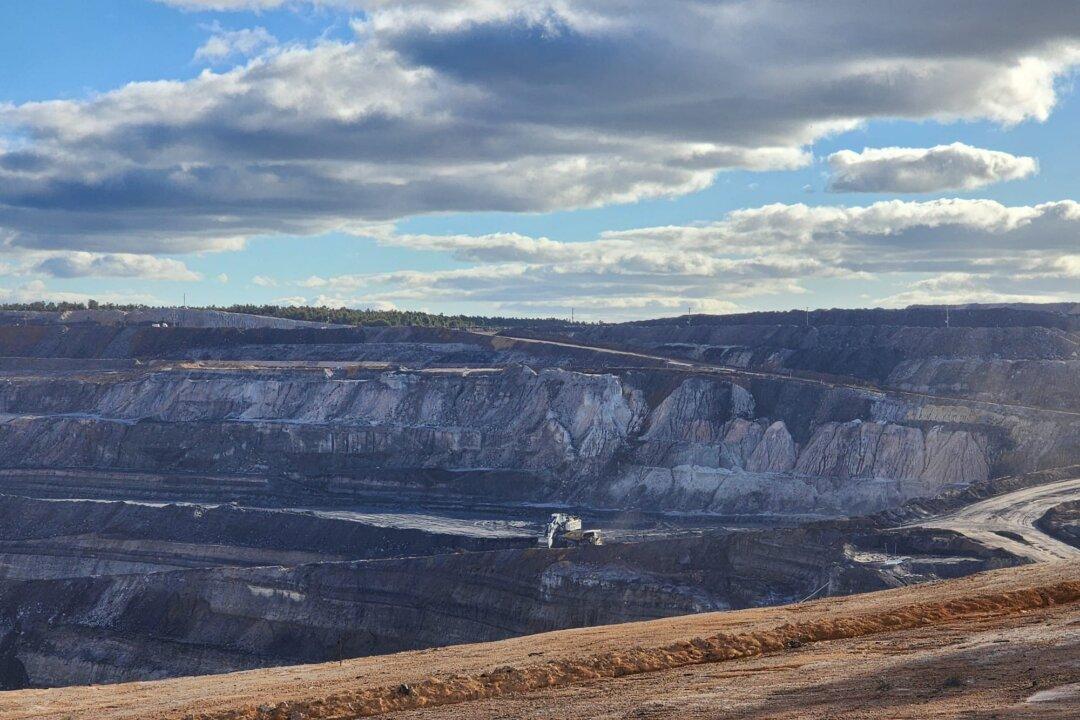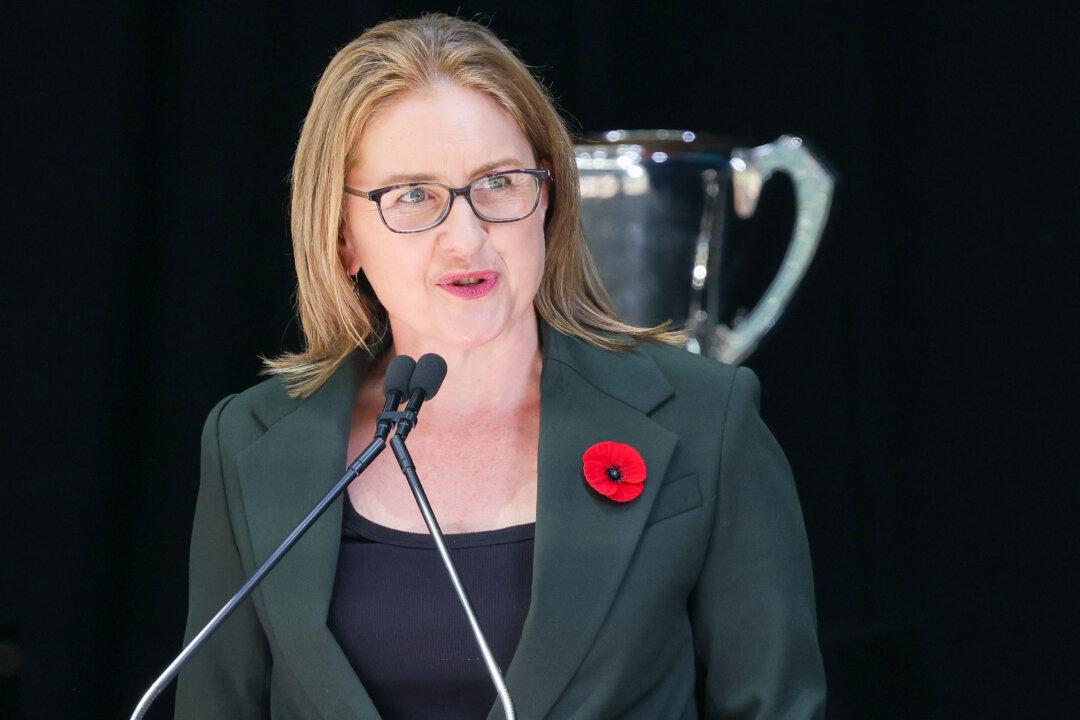Record rooftop solar plus a mild winter triggered a significant drop in wholesale electricity and gas prices in the third quarter based on a report released by the Australian Energy Regulator on Oct. 19.
The report reveals that the average electricity demand during the three months to September (Q3) was lower than the previous quarter (Q2), and much lower than the same quarter last year for gas and electricity. This was largely due to warmer-than-average temperatures. On top of that, lower price offers also increased at the same time by generators.




